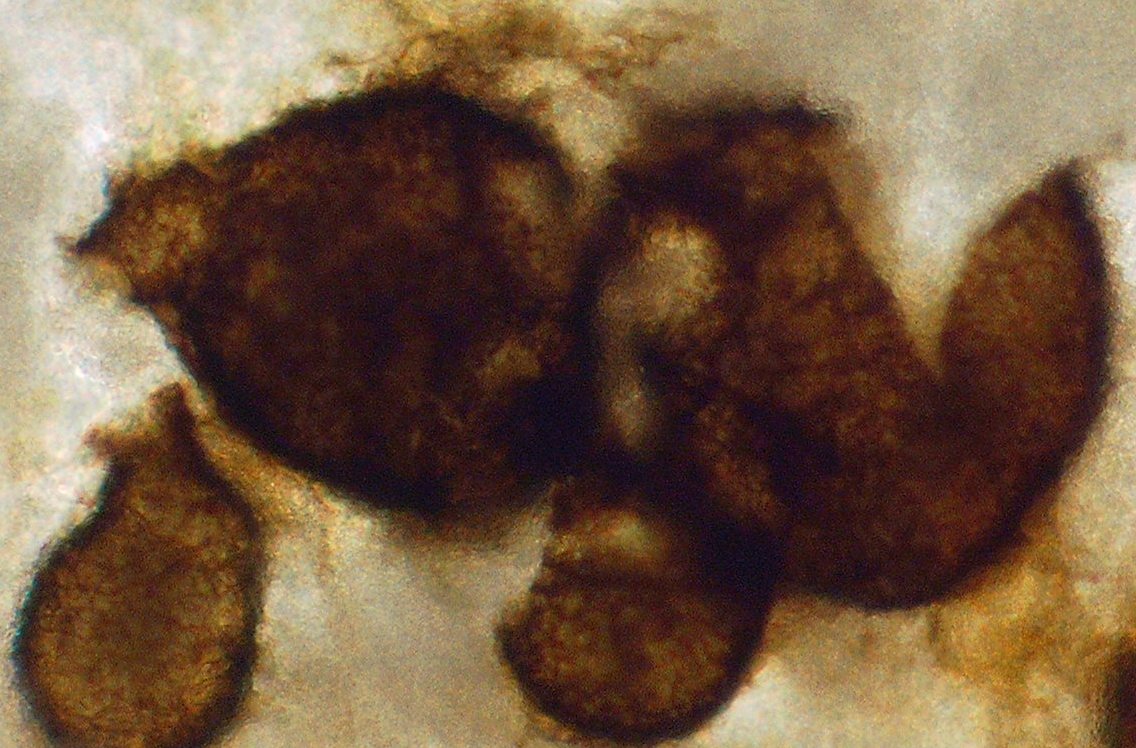Mold Library
Phoma

Distribution
The genus Phoma is a cosmopolitan fungus with a worldwide distribution and is frequently isolated from soil and plants. Phoma species are common plant pathogens causing disease in crucifers, celery, beets, tomatoes and peppers. Indoors, Phoma species are secondary colonizers of building materials.
Growth Characteristics
Phoma species can range from slow to rapidly growing, and have a powdery to velvety texture. The colony color of Phoma varies with species but are commonly olive green.
Microscopic Characteristics
Although the genus Phoma is a member of the deuteromycotina (fungi that do not reproduce sexually and therefore have no genetic exchange) they are not hyphomycetes as are the majority of fungi encountered in indoor air studies. Phoma produce their conidia (spores) in enclosed structures called pycnidia. Pycnidia generally have an apical ostiole (opening) through which the conidia escape. The pycnidia in Phoma are round to pyriform and are brown to black in color. The conidia are unicellular, hyaline and ellipsoidal to cylindrical.
Health Effects
Phoma species rarely cause infection in humans or animals. Occasionally Phoma species may infect humans, most commonly causing cutaneous or subcutaneous infections. Mycotoxins identified from Phoma include tenuazonic acid that has been implicated in onyalai (a blood disease occurring in South Africa).
